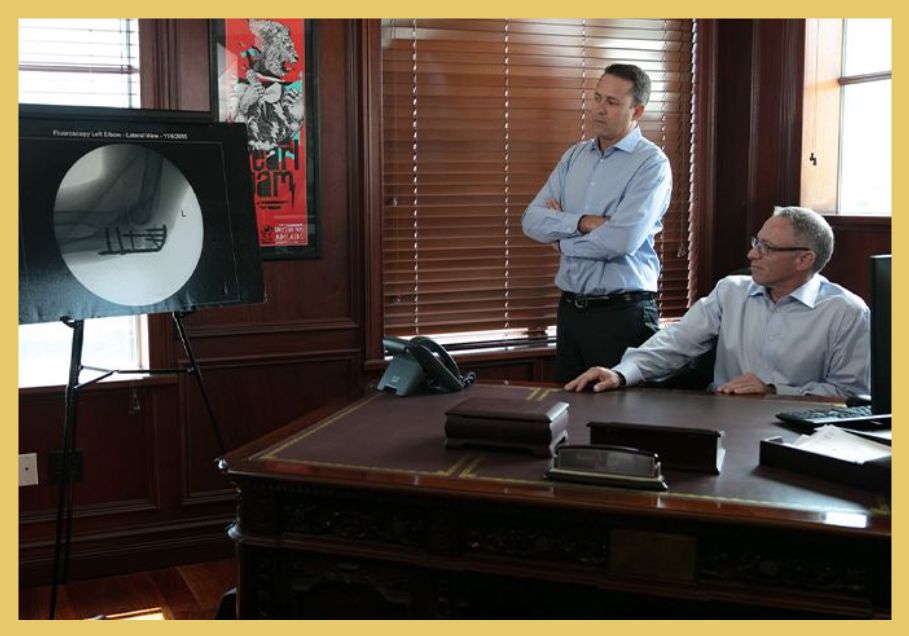
What Is Tread Separation?
Tread separation is a serious condition that happens to steel-belted radial tires. Steel-belted radial tires are made up of three main components, a cord body, steel belts and rubber tread. Tread separation can occur when the steel belts come loose from the cord body of the tire or when the rubber tread comes loose from the steel belts. Either way, the tire is no longer safe and needs to be replaced. Even if there is still a significant amount of rubber tread left on the tire. In order for a tire to remain durable and safe, there must be a strong bond between all of the tire’s specialized rubber components, its cords and metal wires.
Get started with a free initial consultation; call (954) 504-6577 or contact us online.
Tread separation can be catastrophic. Tread separation is usually a precursor to blowouts, which are among the most dangerous mechanical mishaps you can experience, especially on a highway. Even when the tire does not lose pressure, the driver often loses control of the vehicle which potential can lead to rollovers that have resulted in thousands of serious injuries and fatalities.
Possible Causes of Tread Separation
There are many possible causes of tire separation, including:
- Faulty Flat Repair – According to safety experts, the best and most effective solution to fixing a steel-belted radial tire puncture is to combine a plug with a patch. This is to make sure the fix will stabilize the tire puncture. It is also best to have the tire puncture thorough inspected. This can help catch any additional damage that may go unnoticed.
- Excessive Tire Wear and Tear – Over inflating tires, under inflated tires and overloading a vehicle are just some examples of excessive wear and tear that can also lead to tread separation. The underlying cause here may be lack of maintenance, not checking the inflation pressure of the tires regularly or not following the maximum pressure rating on the side of the tire during inflation.
- Manufacturer or Design Defect – When tire manufacturers fail to meet federal safety guidelines, they can cause innocent drivers and their passengers to get seriously injured and even cause death. Tread separation are one of the most common forms of tire failure in steel-belted radial tires. Additionally, tread separations are often exacerbated by warmer weather and hot surfaces, both of which are found in Florida.
Symptoms of Tire Tread Separation
Often, defective tires do exhibit signs of tread separation before a potential hazardous blowout could occur. It is best to have your tires properly inspected if you experience any of these early warning signs:
- Car Vibration at High Speeds – One of the most common complaints or problems that drivers have in regard to their tires is that they notice that the car shakes at a certain speed.
- Bump in the tread area. Many times you will notice impact damage on the wheel adjacent to a separation/bubble. You will also be advised to have the tire dismounted in order to inspect the condition of its inner liner.
- Sidewall cracks
- Uneven treadwear patterns
- Tire tread that’s worn to thin
Contact us online or call (954) 504-6577 to learn more during a free, confidential consultation.

Serving the entire state of Florida. We will take charge of your case and get you the compensation you justly deserve.
Our Distinguished Team
When Your Benefits Matter, It Matters Who You Hire
-
Aggressive, Experienced, and Compassionate Counsel
-
Client Centered Approach
-
Spanish-Speaking Services
-
Access to Call or Text Your Attorney Anytime
-
Work Directly With Your Attorney
Whether you have questions or you’re ready to get started, our legal team is ready to help. Complete our form below or call us at (954) 504-6577.





